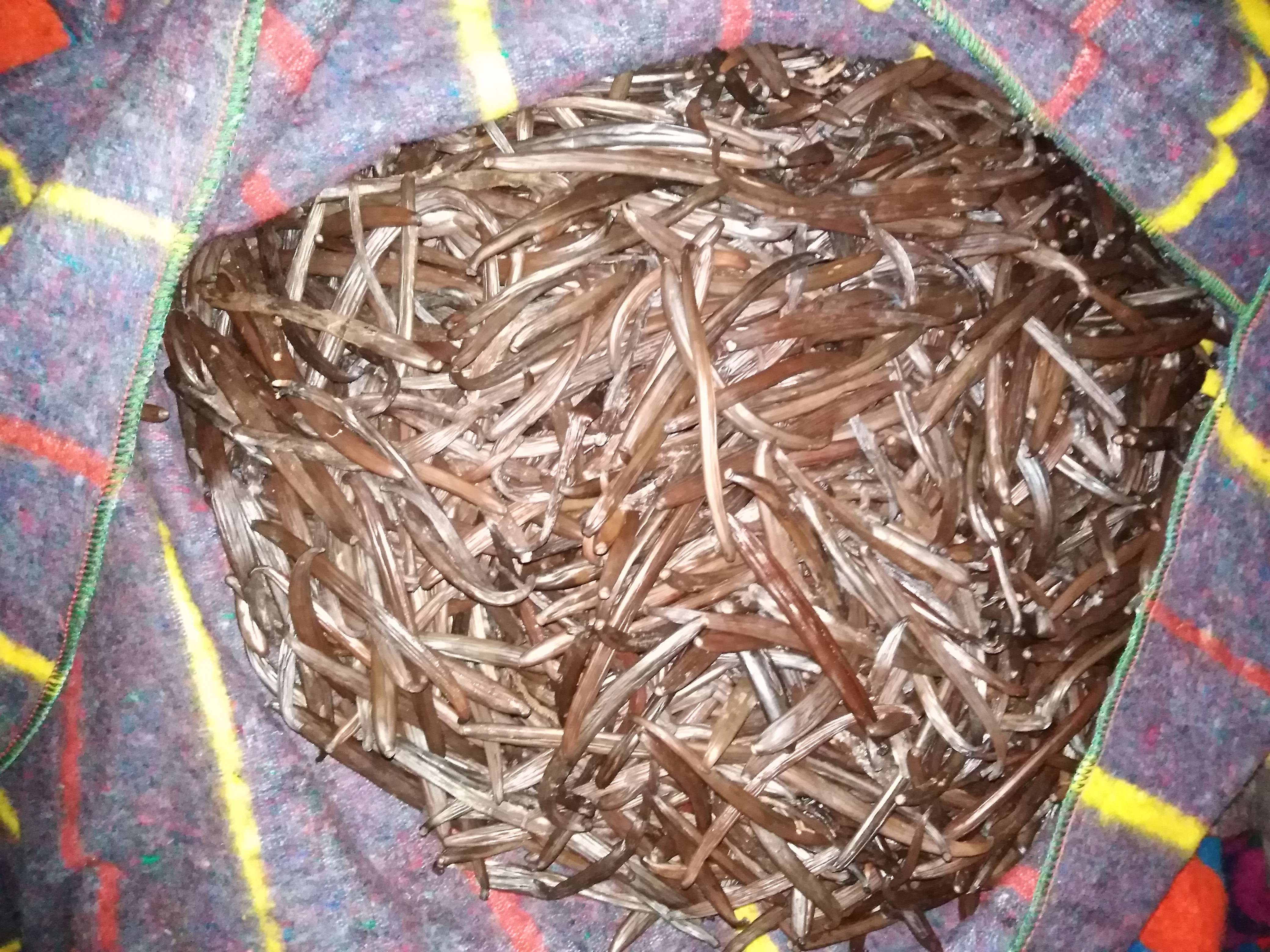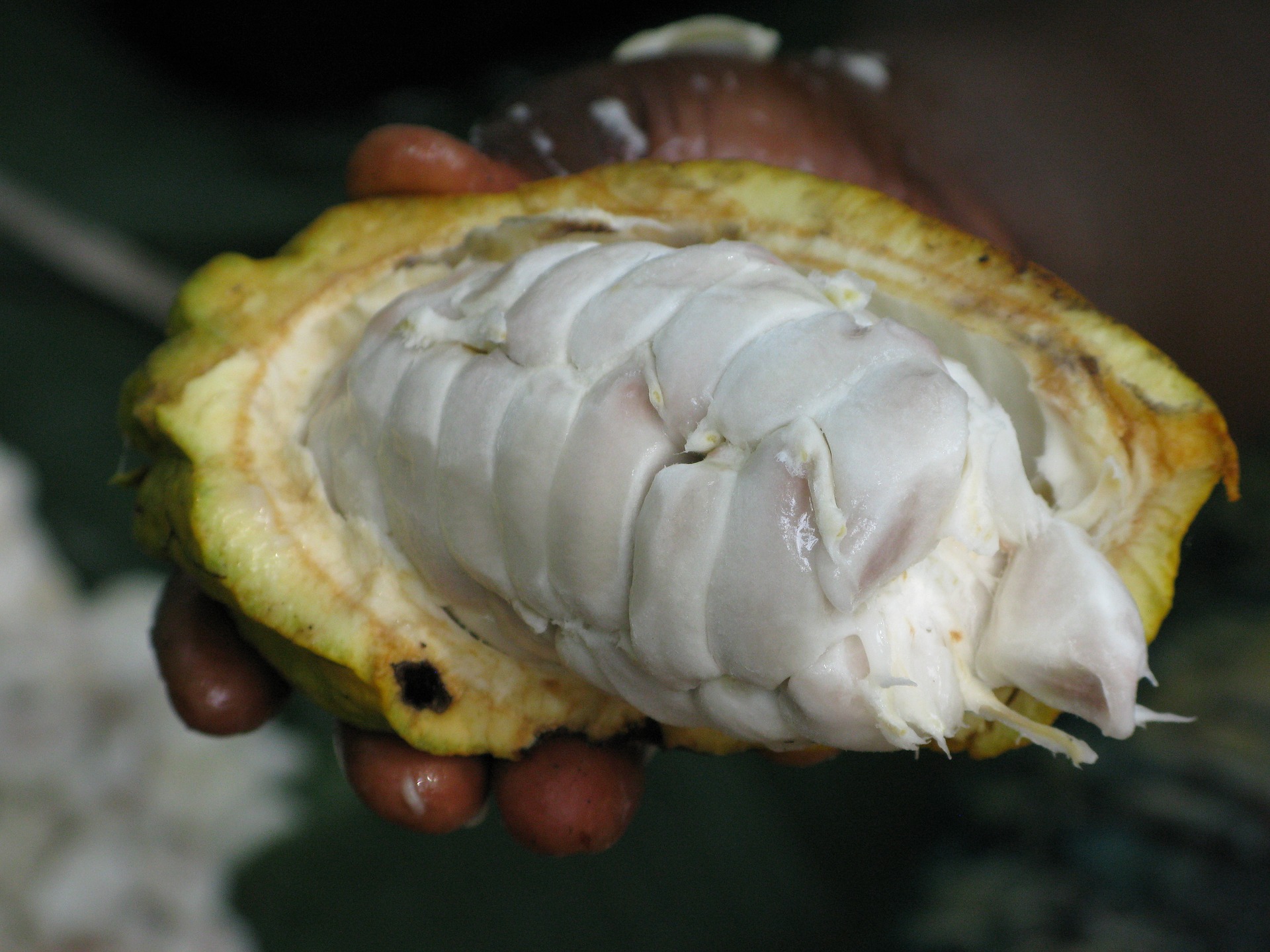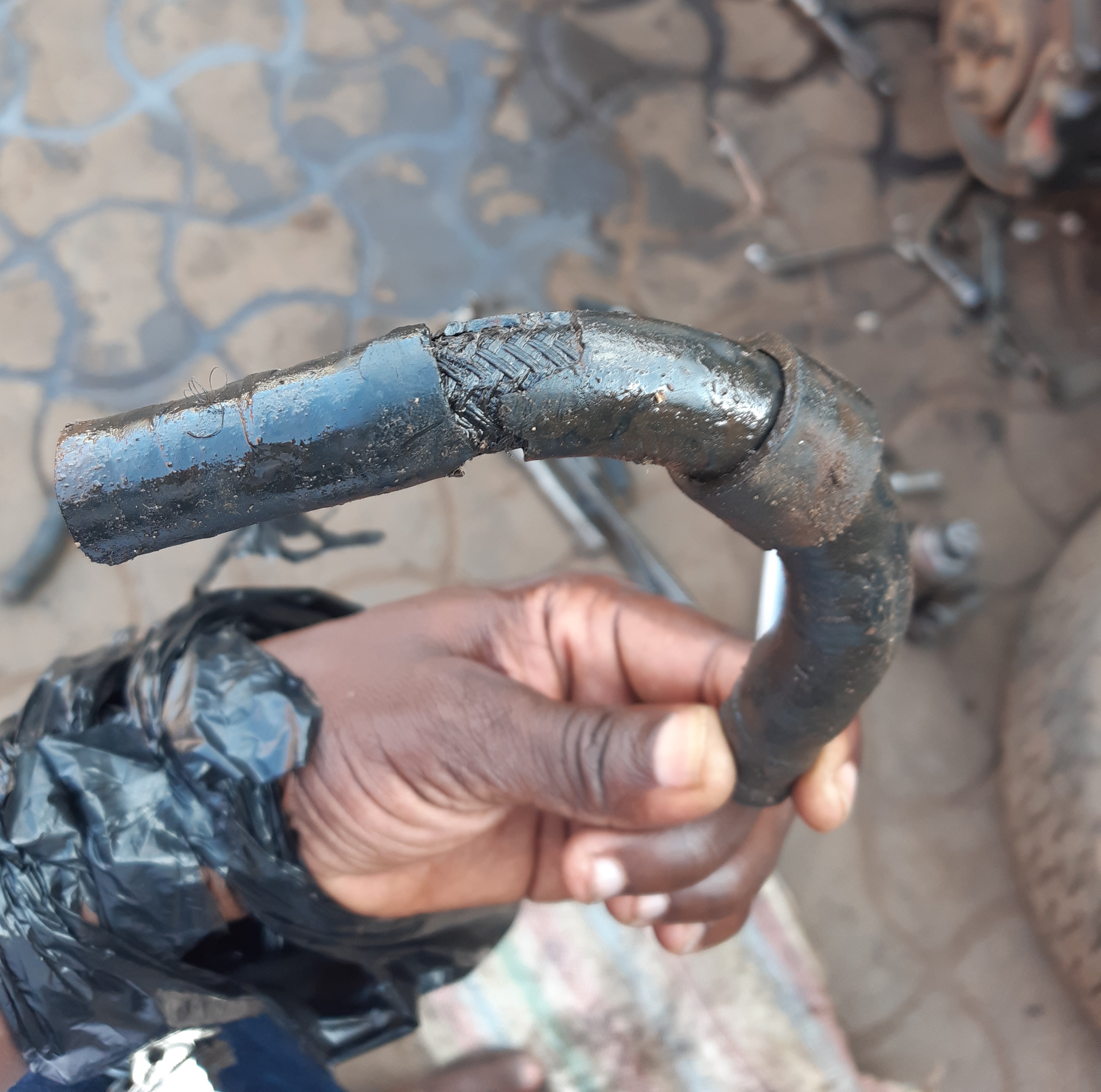 A broken car hydraulic hose pipe
A broken car hydraulic hose pipeWhat You Need To Know About Your Car Belts and Hose pipes While In Uganda
I have encountered many car owners here in Uganda who have no a single clue about how to maintain their vehicles. It’s very important you as a car owner to learn how to cross examine some of the parts of your car so that it can serve you well. Sometimes our car mechanics miss out on these very important issues which makes it important to have these tips on your finger tips.
So, in this guide, we are going to look at how you can take good care of your car by making sure that your car’s belts and hoses are in good shape, not broken and fit to operate.
Click here to inquire, buy or order for spares and repairs for your car while in Uganda
What is a hose pipe you may wonder?
A hose is a flexible hollow tube designed to carry fluids from one location to another. Hoses are also sometimes called pipes (the word pipe usually refers to a rigid tube, whereas a hose is usually a flexible one. This is important for you to note), or more generally tubing. The shape of a hose is usually cylindrical (having a circular cross section).
What about the belts?
These are sometimes called serpentine belts. A serpentine belt or drive belt is a single, continuous belt used to drive multiple peripheral devices in an automotive engine, such as an alternator, power steering pump, water pump, air conditioning compressor, air pump, etc.
If you are very keen, you must have seen one or two of them in the bonnet when the hood is open as most of them are situated near the top and clearly visible.
Click here to inquire, buy or order for spares and repairs for your car while in Uganda
Check in your car bonnet for the hoses and belts
A belt or hose pipe failure can cause an overheated engine, loss of power steering, and loss of the electrical charging system. If a hose leaks coolant or the belt turning the water pump snaps, the cooling system is inoperable. If the engine overheats, it can suffer serious internal damage that requires expensive repairs and can ruin a summer vacation.
Overheating can occur anytime, but very common in dry seasons. Under hood temperatures are much higher, and heat can trigger or accelerate deterioration of rubber compounds.
Coolant and Heater Hose pipes
Hoses are the cooling system's weakest structural component. They are made of flexible rubber compounds to absorb vibrations between the engine and radiator, or, in the case of heater hoses, the engine and body's firewall. Designed to hold coolant under pressure, hoses are also subjected to fluctuating extremes of heat and cold, dirt, oils, and sludge. Atmospheric ozone also attacks rubber compounds.
The most damaging cause of hose failure - Electrochemical Degradation (ECD) isn't easy to detect. According to specialized auto engineers, ECD attacks hoses from the inside, causing tiny cracks. Acids and contaminants in the coolant can then weaken the yarn material that reinforces the hose. Eventually, pinholes can develop or the weakened hose may rupture from heat, pressure, or constant flexing.
Click here to inquire, buy or order for spares and repairs for your car while in Uganda
Some easy, basic maintenance can help prevent coolant hose pipe failure:
- Check the white coolant-recovery tank often to ensure proper fluid level. Marks on the tank indicate the proper level for when the engine is cold or hot. If the tank is low after repeated fillings, suspect a leak. Also check for white, light green, blue or pink coolant tracks in the engine bay, which is residue left from leaking coolant.
- When the engine is cool, squeeze the hoses with your thumb and forefinger near the clamps, where ECD most often occurs. Feel for soft or mushy spots. A good hose will have a firm yet pliant feel.
- Inspect for cracks, nicks, bulges usually while hot), or a collapsed section in the hose and oil contamination, or fraying near the connection points.
- Look for parallel cracks around bends (caused by ozone), a hardened glassy surface (heat damage), or abrasive damage (hose is rubbing).
- Flush and replace the coolant according to the owner's manual. Clean coolant is less likely to support ECD.
- Never remove the radiator cap when the engine is hot, as the hot coolant will be under pressure. Also, be aware that an electric cooling fan can come on at any time. This is very important for your safety.
The upper radiator hose fails more often than any other hose, followed by the water pump bypass hose (if your vehicle is so equipped), and the outlet heater hose from the engine to the heater core.
Experts recommend, however, that all hoses be replaced at least every four years or when one fails. Always use replacement hoses designed to fight ECD. Trademarks will vary among hose manufacturers.
Most vehicles built after 1993 come with ECD-resistant hose pipes. But in case you are not sure, you can always get in touch with us for help.
Accessory Belts
Many of the same elements that attack hoses also attack belts—heat, oil, ozone, and abrasion. Almost all cars and trucks built today have a single multi-grooved serpentine belt that drives the alternator, water pump, power-steering pump, and air-conditioning compressor.
Older vehicles may have separate V-belts that drive the accessories. The Car Care experts state that chances of a V-belt failure rise dramatically after four years or 36,000 miles, while the critical point for a serpentine belt is 50,000 miles.
Any belt should be changed when it shows signs of excessive wear. But many new composite belts don't show signs of wear until the failure occurs.
Click here to inquire, buy or order for spares and repairs for your car while in Uganda
Here are tips for inspecting belts:
Replacement belts should be identical in length, width, and number of grooves to the factory belt. Serpentine belts are usually kept tight with an automatic tensioner.
Signs of a belt-tension problem include a high-pitched whine or chirping sound and vibration noises. Without proper tension, belts will slip and generate heat or fail to turn the accessories.
If in doubt, check with a qualified technician about any cooling problems, and always consult your owner's manual for routine maintenance procedures.
Click here to inquire, buy or order for spares and repairs for your car while in Uganda
 Aerial View Of Kampala City
Aerial View Of Kampala City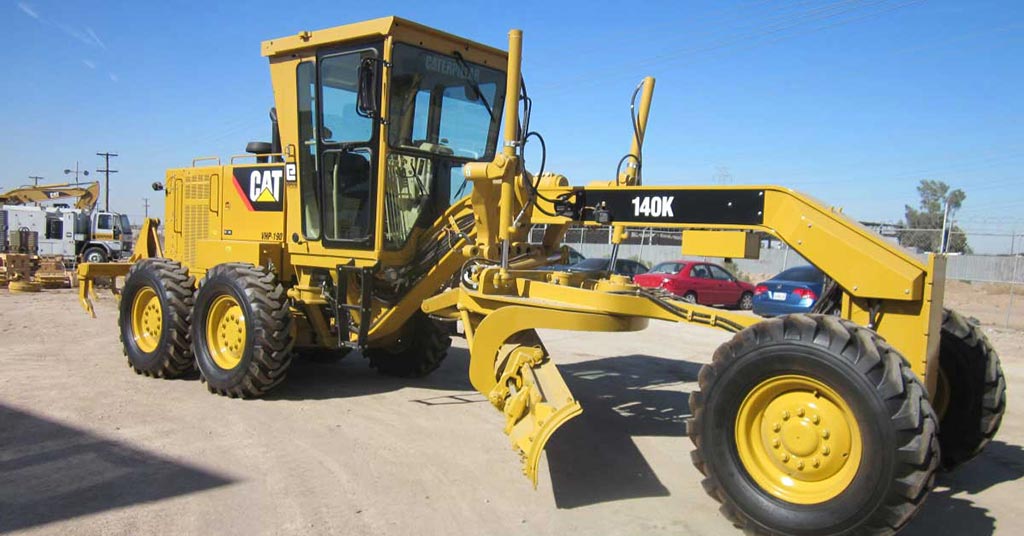 Buy A 140K Grader In Uganda
Buy A 140K Grader In UgandaFor inquiries or Orders:
Contact Us On:-
E-mail: Info@flawlessconsultsug.org
Or
Call/Whatsapp Us on: +256-772 238575
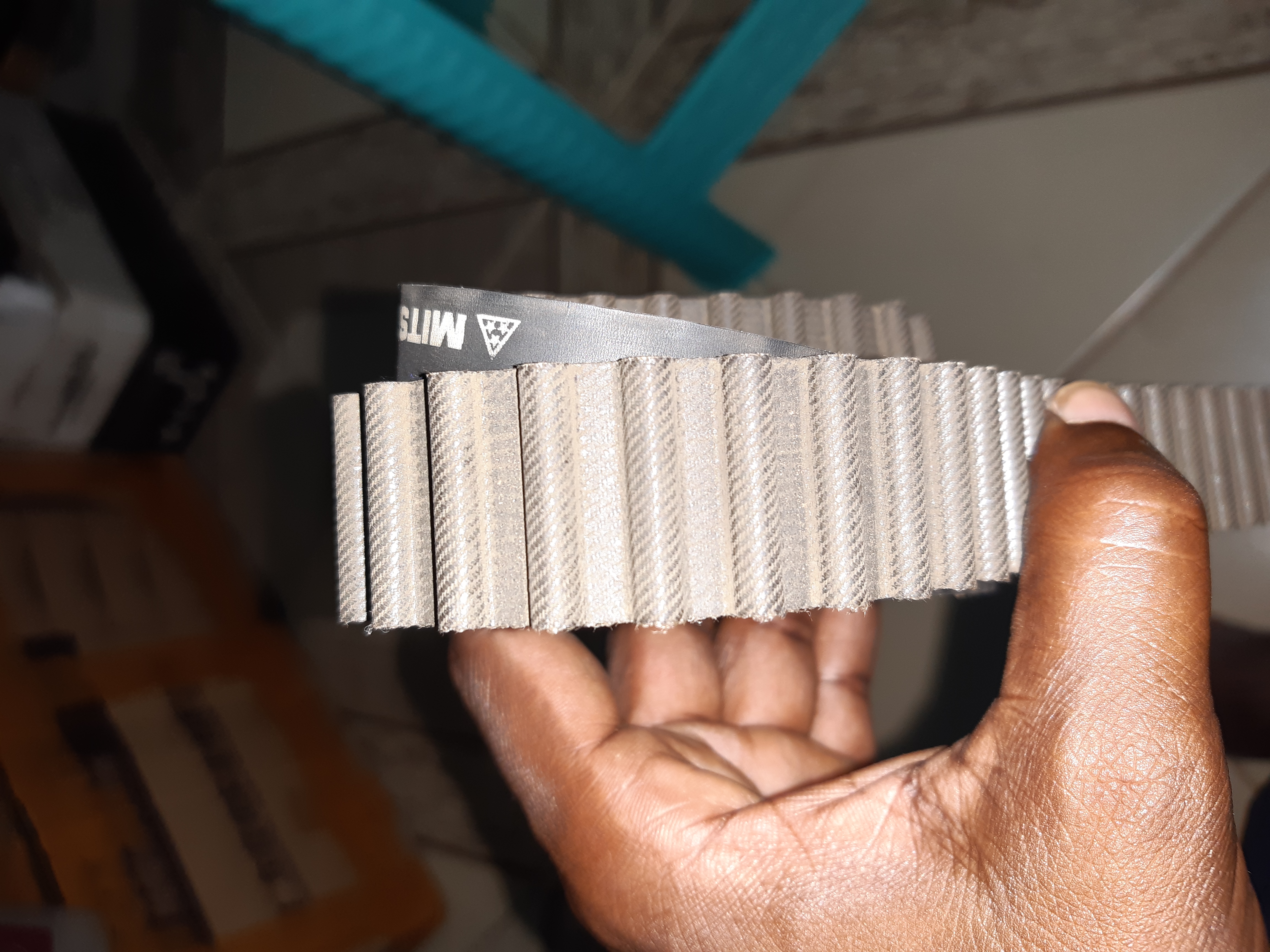 IKZ engine timing belt
IKZ engine timing belt


